Peppers, in all their vibrant colors and varying degrees of heat, are a delightful addition to any garden or windowsill. Whether you fancy the fiery kick of a habanero or the sweet crunch of a bell pepper, growing these gems from seeds is an immensely rewarding experience.
The article below provides you with everything you need to grow peppers from seeds successfully at home, from sowing the seeds to savoring your homegrown peppers in your favorite dishes.
Growing Peppers From Seed
1. Prepare Location And Pots
Begin your pepper-growing journey with proper preparation. First, select a location with plenty of sunlight. Peppers adore the sun, so choose a spot that gets at least 6-8 hours of sunlight per day. In case you’re going the container route, ensure your pots or containers have good drainage, as peppers dislike soggy feet.
2. Choose The Right Variety
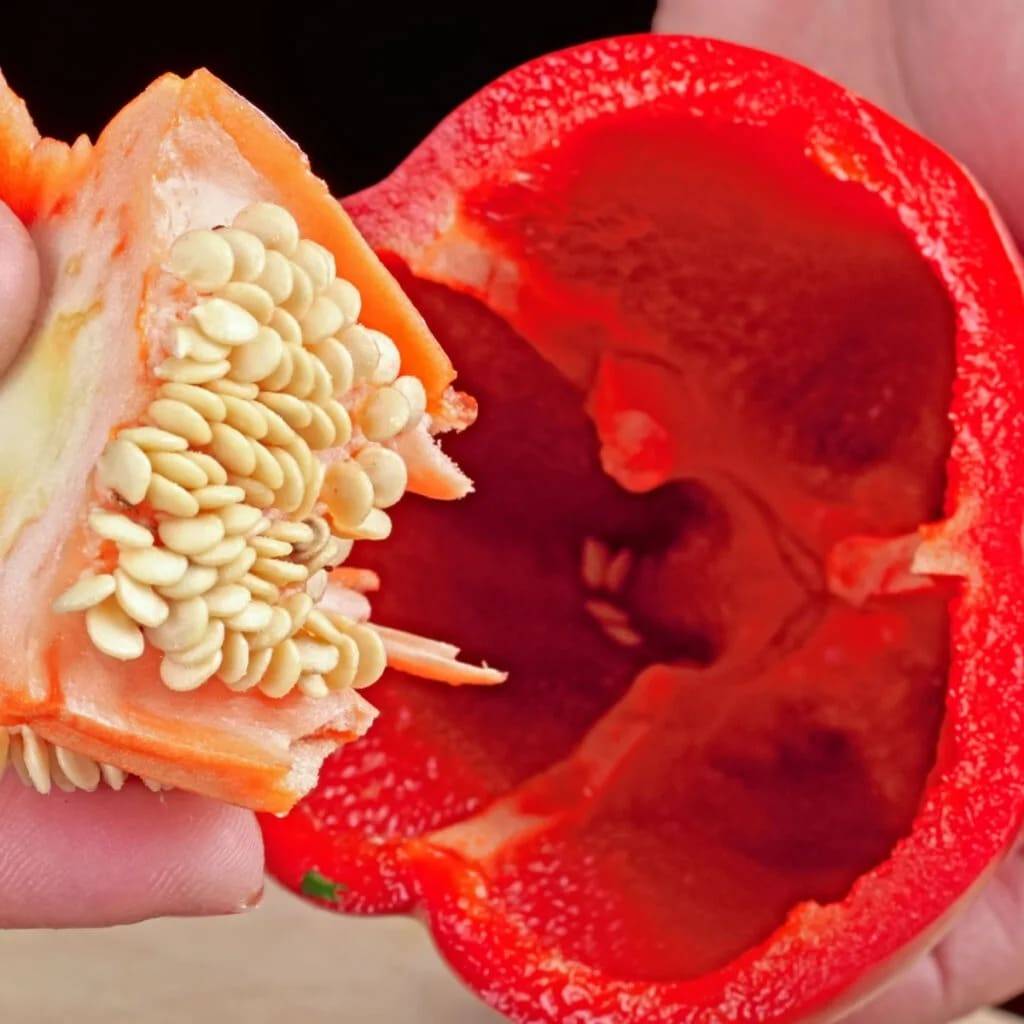
The pepper family is vast and diverse. There are sweet peppers, hot peppers, mild peppers, and everything in between. Choose the varieties that align with your culinary preferences and your local climate. For instance, bell peppers are perfect for salads and stuffing, while jalapeños add a spicy kick to dishes. Consider the Scoville scale, which measures pepper heat, when making your selection.
3. Plant Pepper Seeds
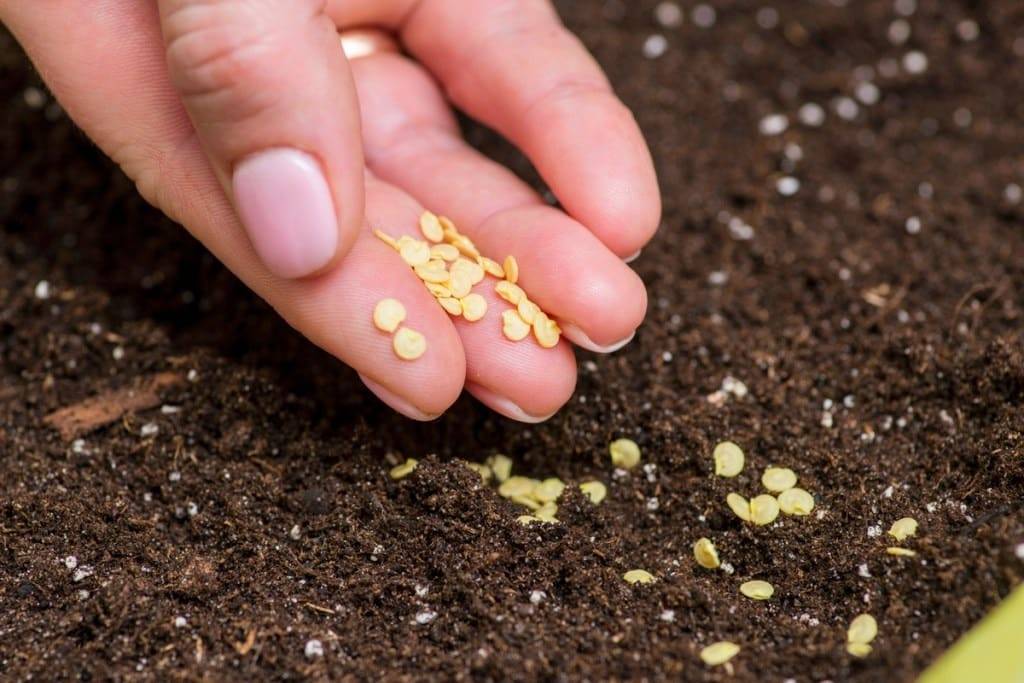
Planting pepper seeds is like setting the stage for a spicy spectacle. If you grow peppers indoors, start 8-10 weeks before the last expected frost. We recommend you use a quality seed-starting mix, sow the seeds about ¼ inch deep and maintain soil temperature between 70-80°F (21-27°C) for optimum germination.
Once the seedlings have two sets of true leaves, you can transplant them into larger pots or your garden, making sure they’re spaced about 18 inches apart.
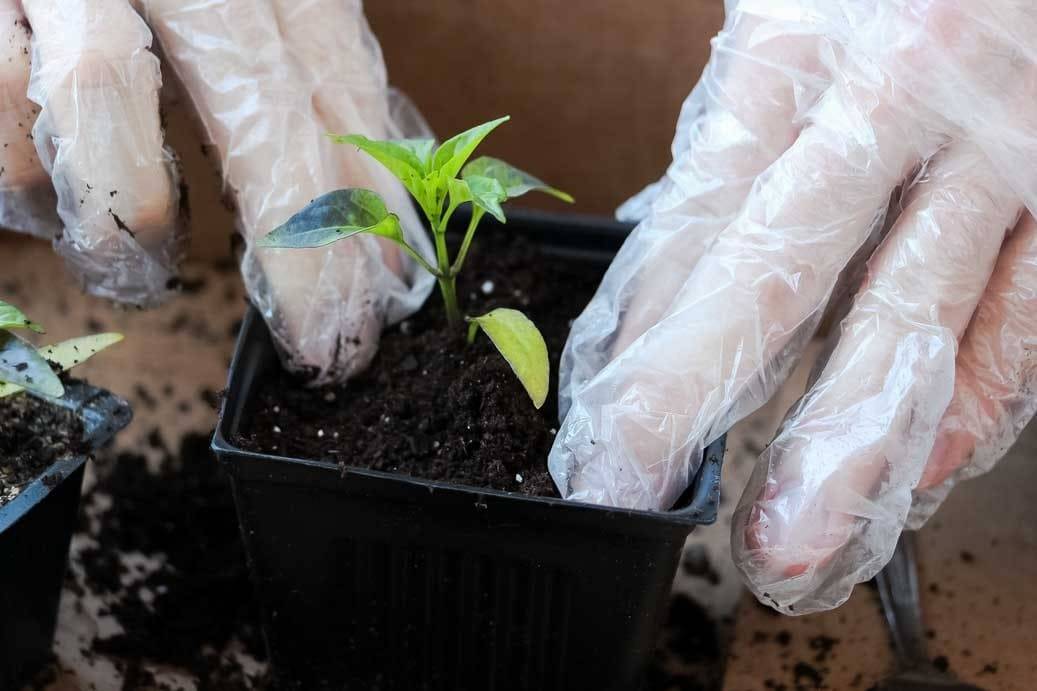
Give Your Peppers TLC
1. Watering
Peppers require water to develop and produce fruit, but they also need proper drainage and aeration. Moderation is the key to watering peppers. If there is insufficient water, the leaves wilt and the blooms drop. On the other hand, too much causes roots to be waterlogged and facilitates fungal infections. To keep them healthy, provide your peppers with an inch of water per week. When the weather is hot and sunny, they will love to have additional water.
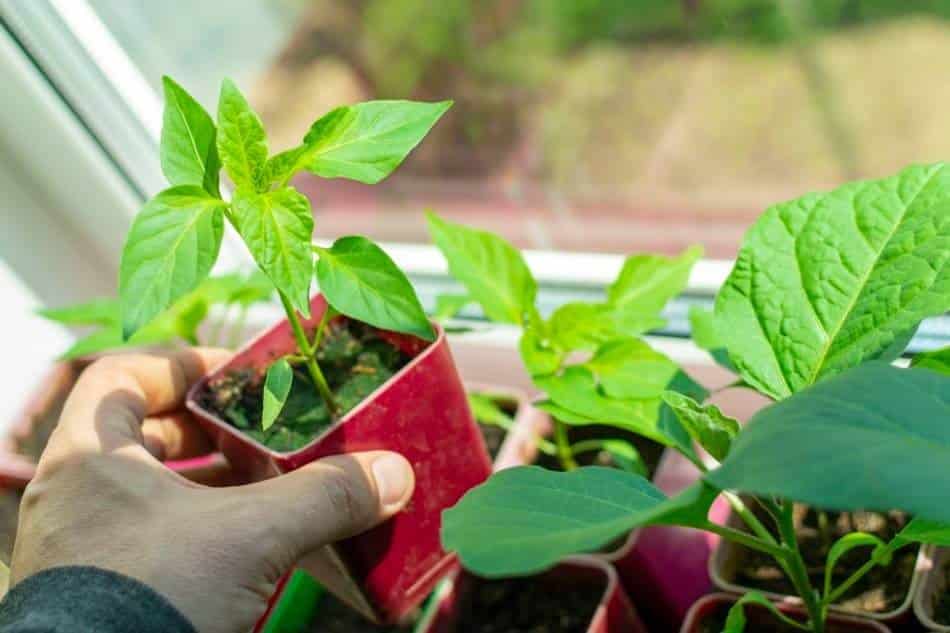
2. Fertilizing
Because peppers are heavy feeders, they require regular fertilization to achieve great harvests. When planting, you should use a balanced fertilizer (such as 10-10-10) and again when the plants are about 12 inches tall.
Weekly, feed them with a high-potash liquid fertilizer, such as tomato feed as soon as the first blossoms develop. This promotes fruit development and quality. You should avoid overfertilization as it can induce excessive vegetative growth and impair fruiting.
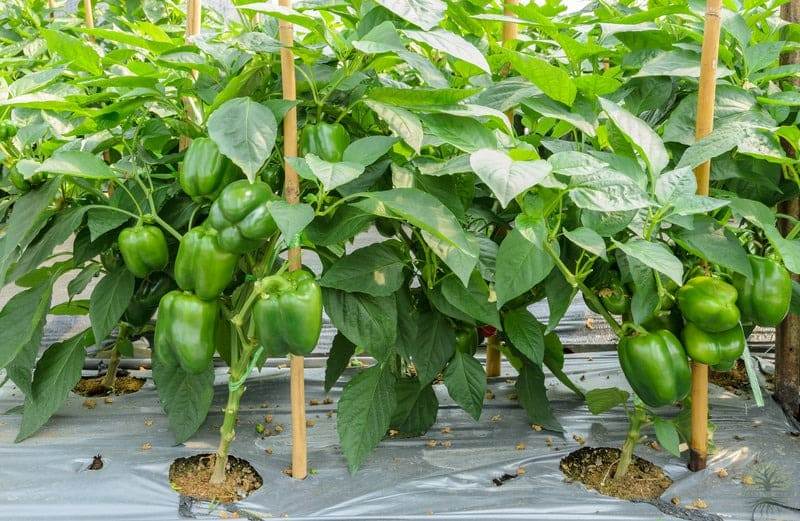
3. Pruning
Pruning is not necessary for pepper plants, but it can improve air circulation, light penetration, and fruit size. Remove any diseased, damaged, or dead branches, as well as any suckers (side shoots) that develop from the base of the stem, from your pepper plants. All of this work should be completed in the season before pepper plants bloom.
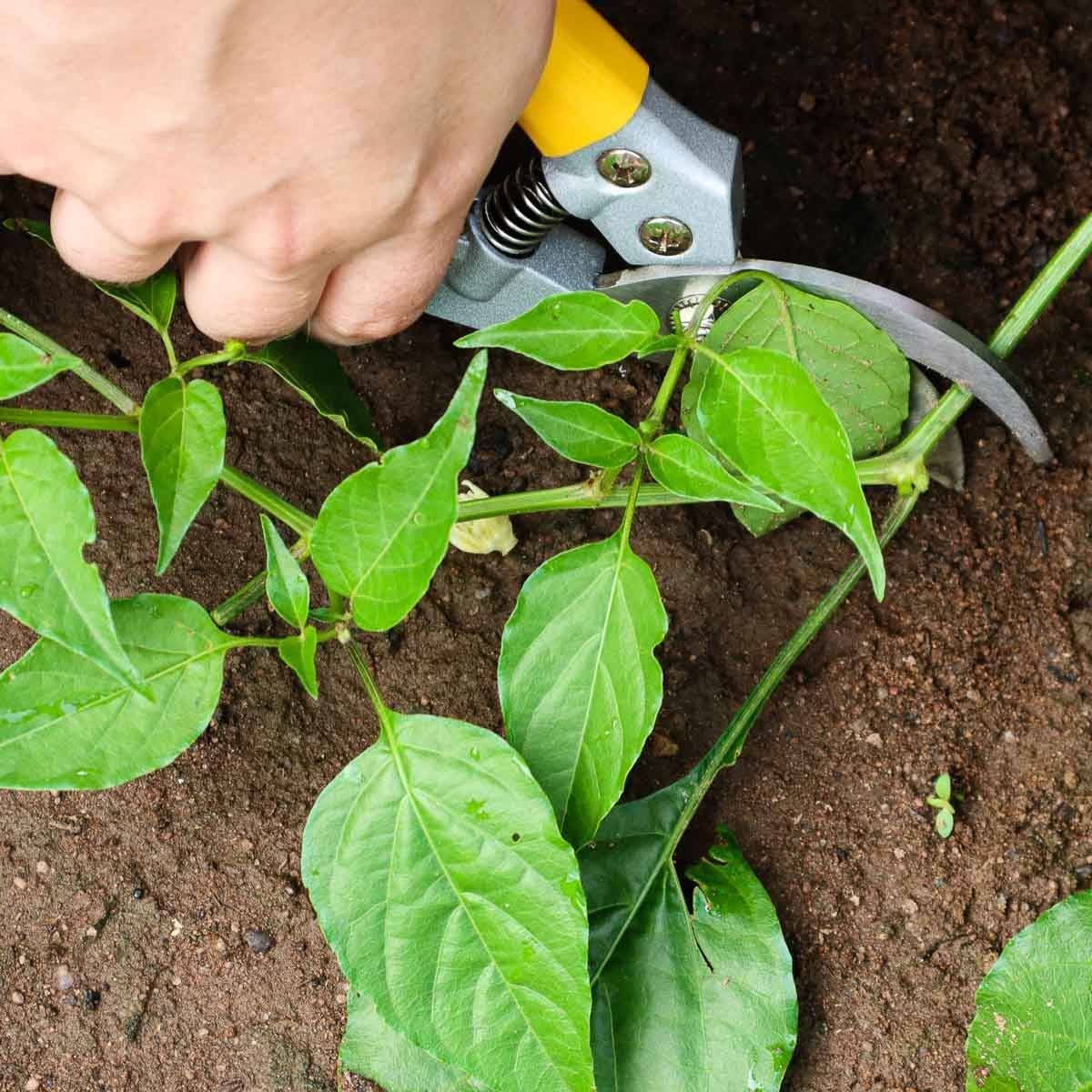
4. Pest Control
Pests and illnesses that peppers are prone to include aphids, spider mites, whiteflies, caterpillars, leafminers, blossom end rot, anthracnose, bacterial spot, and mosaic virus. If these tiny terrors make an appearance, give your peppers a gentle shower with insecticidal soap.
5. Harvest And Enjoy
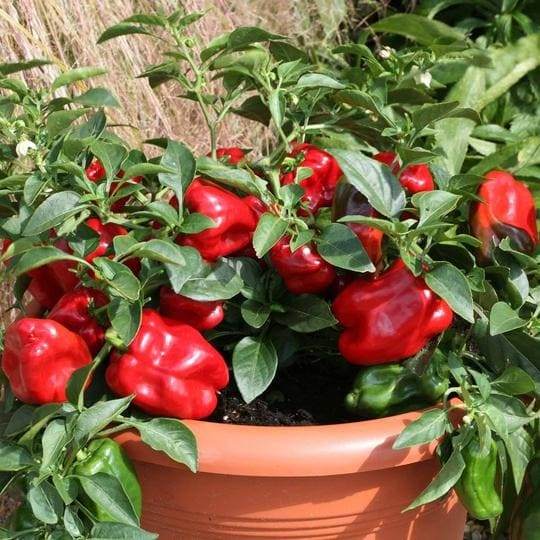
You can pick peppers at any stage of ripeness, from green to fully colored, depending on your preference. To harvest them properly, use a sharp pair of scissors or garden shears to avoid damaging the plant. Remember, though, that the longer you leave peppers on the plant, the sweeter they become.
Keep In Mind
1. Companion Plants For Peppers
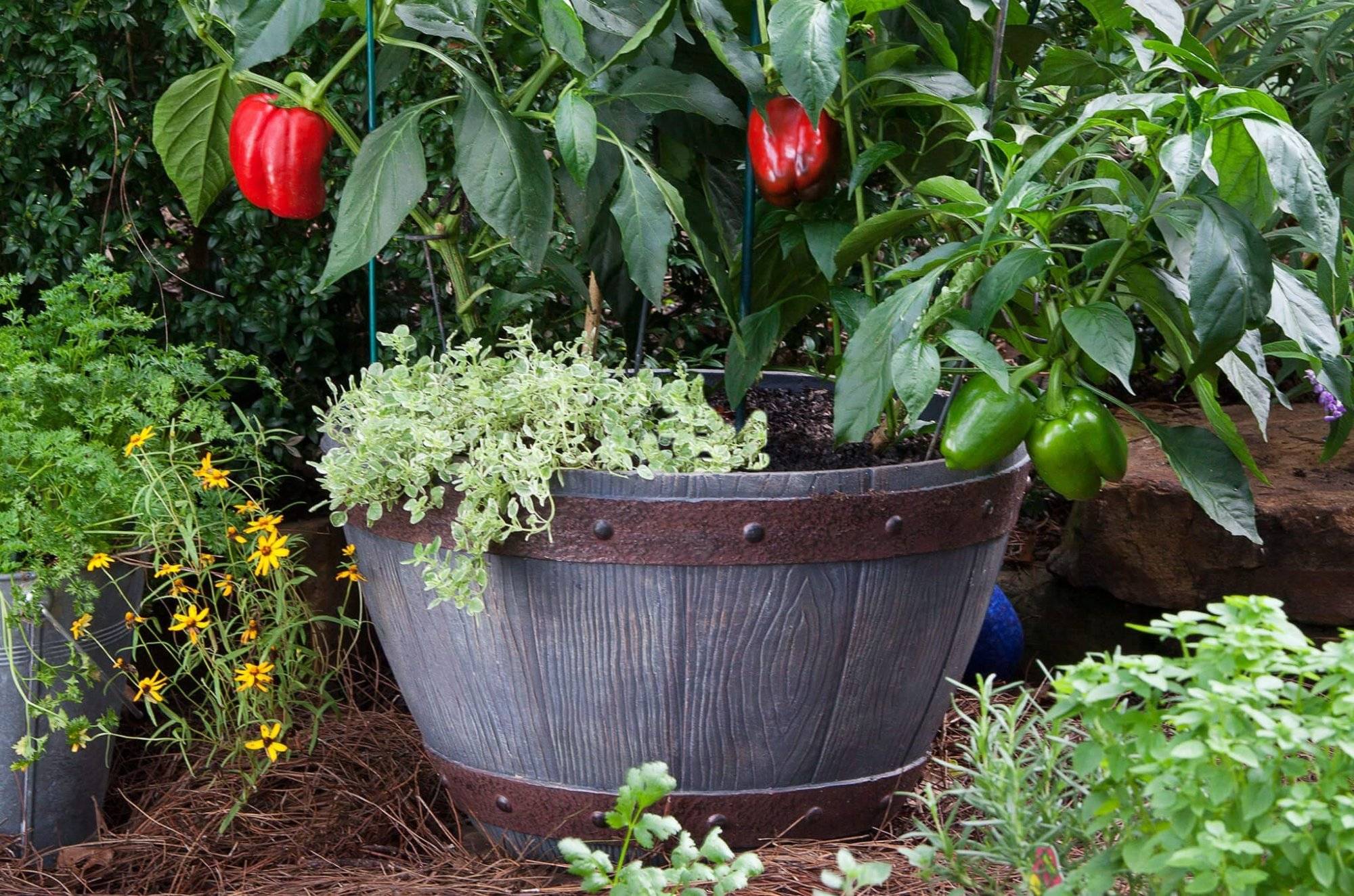
Basil, tomatoes, petunias and marigolds are perfect companion friends for your peppers. Carrots can provide shade and moisture for peppers’ roots, while petunias can attract pollinators and deter pests like aphids, spider mites, and thrips.
2. Mulch Your Peppers
Mulch your pepper bed can help retain moisture and keep weeds at bay. It would help if you waited until the soil has warmed up in late spring or early summer before mulching, as too early may delay soil warming and plant development.
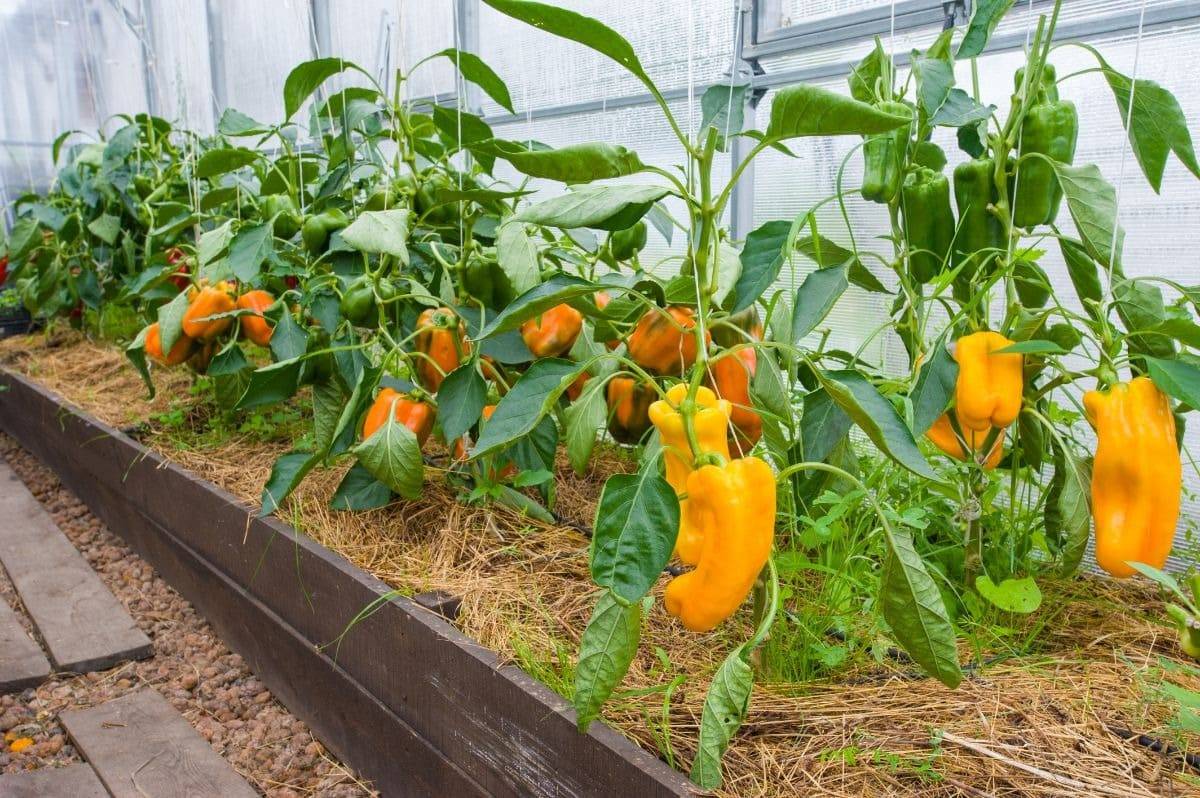
3. Protect Peppers In Winter
In winter, you can either bring them indoors, or use some methods to keep them warm and sheltered outdoors. To keep your pepper plants outdoors, you need to provide them with some protection from the cold and frost, such as cloches, row covers, cold frames, or a greenhouse. These are structures that cover the plants and trap some heat and moisture inside.
Growing peppers from seeds promises a bountiful harvest of these versatile and delicious vegetables. With the right preparation, care, and a dash of patience, you’ll soon be savoring your homegrown peppers, turning your meals into a celebration of home gardening.
